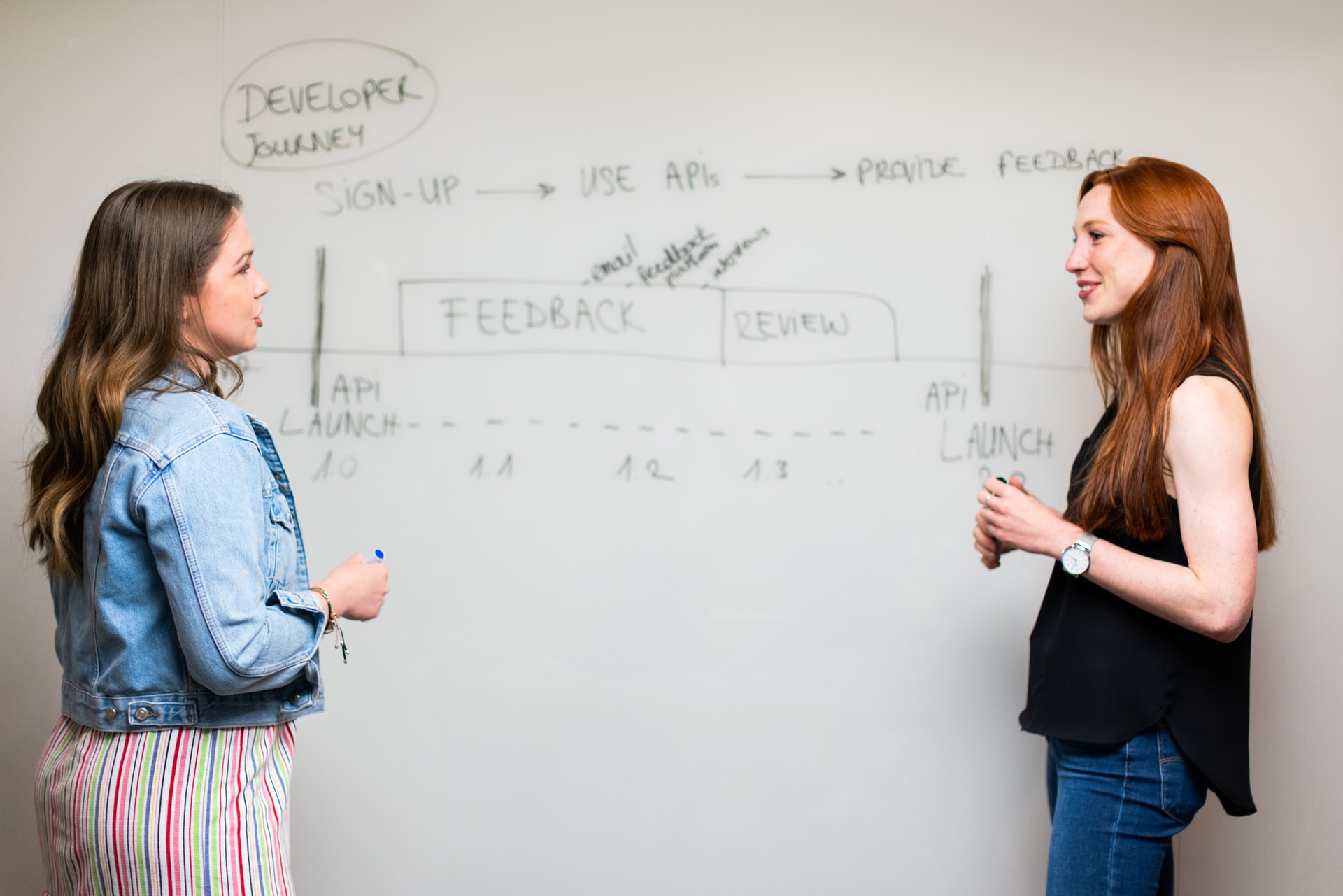Are you looking for strategies to help students to react appropriately when peers attempt to be nice to them? If so, keep reading.
1. Let the student be a member of a group without requiring active participation.
2. Teach the student social interaction skills (e.g., ways to properly respond to others’ attempts to be friendly, complimentary, sympathetic, etc.).
3. Designate a peer to sit/work directly with the student (e.g., in various settings or learning activities such as art, music, P. E.; on the bus; tutoring; group projects; running errands in the school building; break time; etc.). As the student becomes comfortable working with one other student, slowly increase the size of the group.
4. Embody appropriate ways to respond to others who are friendly, complimentary, sympathetic, etc.
5. Connect with parents (e.g., notes home, phone calls, etc.) to disseminate information about the student’s progress. The parents may reinforce the student at home for responding properly to praise or recognition at school.
6. Give recognition and praise equally to the students of your class.
7. Give the student many chances for social and academic success.
8. Urge others to compliment the student.
9. Minimize stimuli that contribute to the student’s unacceptable responses to others’ attempts to interact.
10. Intervene early and often to prevent the student from losing self-control.
11. Praise other students for responding properly to interactions with students or teachers.
12. Restrict interactions with the peer(s) who is the primary focus of the student’s unacceptable responses.
13. Give the student frequent chances to meet new people.
14. Make sure that reinforcement is not provided for unacceptable behavior(e.g., paying attention to the student only when they respond improperly to praise or recognition).
15. Recognize and praise the student when they will most likely be able to demonstrate an appropriate response (e.g., when the student is not being singled out in a group).
16. Consider using a classroom management app. Click here to view a list of apps that we recommend.
17. Consider using an adaptive behavior management app. Click here to view a list of apps that we recommend.
18. Consider using Alexa to help the student learn to behave appropriately. Click here to read an article that we wrote on the subject.
19. Click here to learn about six bonus strategies for challenging problem behaviors and mastering classroom management.





